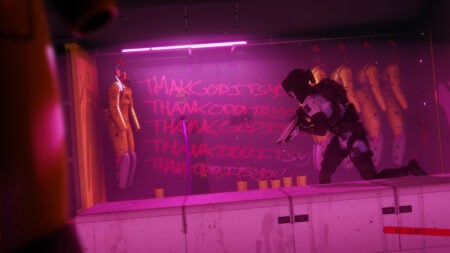In 2008, Swedish-based developer DICE was best known for their work on the Battlefield series. They had defined online multiplayer with sprawling maps, intricate team play, and vehicles that tore through mud and dirt, firing streams of bullets at anything in their path. But they weren’t content to create military shooters. They wanted to break the mold. So in June 2007, the company revealed their latest project: Mirror’s Edge.
The premise is simple enough: you free run through a city in first-person, clambering up buildings, running along walls and flipping through the air. The initial trailers showcased the stunning visuals, especially the picturesque utopian city. The entire skyline seemed to glow with a white light, although interactable objects stuck out like a sore thumb, painted with a bright red. The title was radically different from anything that had been seen before in the industry and quickly garnered a following.
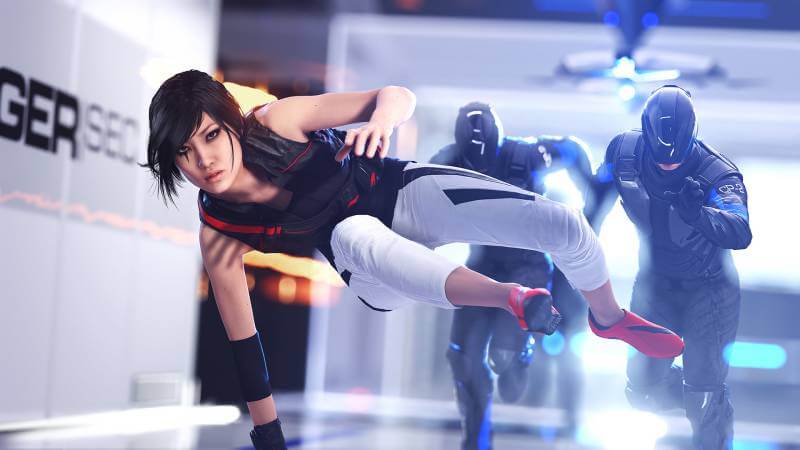
Once the game was released it became clear where the title’s ambitions truly lied. What started out as a fast paced parkour game quickly solidified its identity as a first person platformer that relied on quick movements and spatial awareness. I remember when I first got my hands on the niche title. I rented it for the weekend, intent on trying out the unique gameplay and exploring the grimy rooftops of the glimmering skyscrapers. The idea of sprinting away from gunfire as the clouds hovered above seemed like a recipe for a truly revolutionary experience, but I came away disappointed. I played a level or two and then ejected the disk, thinking that it wasn’t as fast paced as I had hoped.
A couple of years later the reveal trailer for what would become Mirror’s Edge Catalyst was released at E3. Seeing faiths hands strike out at her enemies, disarming them before vaulting and sliding her way out of the building was visually stunning and it renewed my interest in Mirror’s Edge. I immediately logged onto
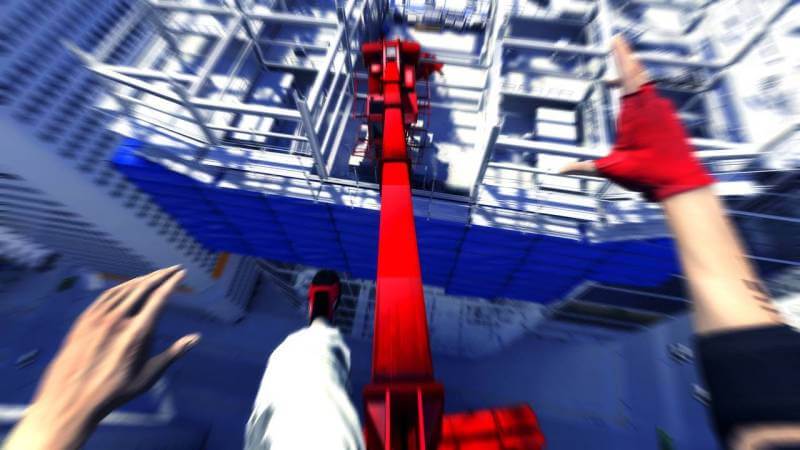
So after finally pushing through the game’s brief campaign, I came away a believer. Let’s start with the world it builds. The dystopian landscape it realizes is not too dissimilar from our own. Propaganda streams down the sides of buildings, covering every billboard, scrolling down the screens in every elevator and constantly being enforced by the armed forces patrolling the streets. The runners operated outside of this system. They took to the rooftops and sewers to slide past the watchful eyes of the big brother and bring information directly to the people.
Initially the lives of the runners seem filled with adventure, mischief and a rampant disregard for the law. But even though they operate outside the confines of the law, the police let them go about their business. The player is immediately given a sense of agency in this world. They know where they fit into things and what they are capable of.
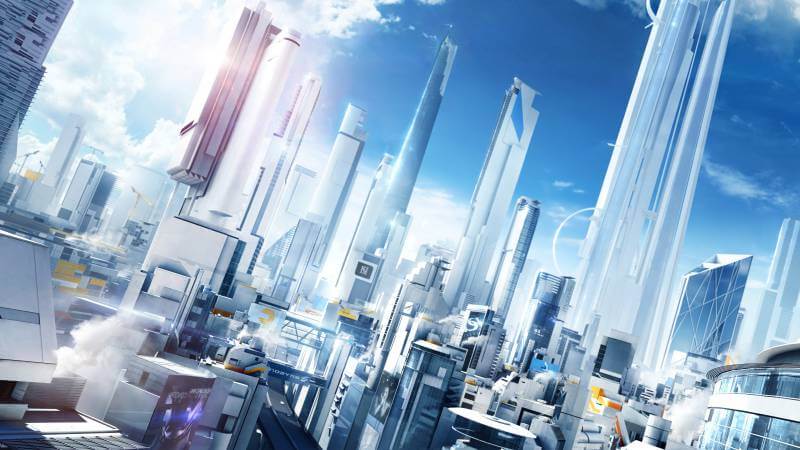
The environments in Mirror’s Edge are clean and angular, giving a sense that this world exists a few years into the future. The extensive use of bright colors such as blue, green, yellow, and red act as the perfect foil to the dystopian city. The art is consistent across the board, whether you’re sprinting across rooftops, running through crowded office buildings, or leaping over the hazardous water of sewers; it all looks superb.
I don’t remember being particularly grabbed by the story, but the world it built was what really pushed me forward. The satisfying action didn’t hurt either. Even when you’re just moving through the environments everything is a puzzle that needs to be solved. There are several ways to traverse the obstacles laid out in front of you, and figuring them all out and successfully navigating your way through can often be a bit challenging. This was especially true later in the game when the level design began to become more complicated and harder to follow. I remember being confused and disoriented consistently throughout my playthrough. The environment didn’t always do a fantastic job of showing the player the way forward, but the game’s difficulty ramped up nicely as the story progressed.
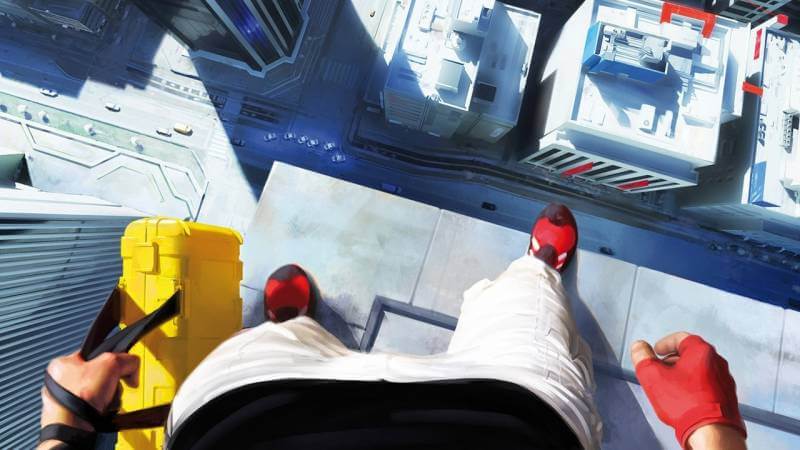
The difficulty mostly spiked because the momentum slowed down dramatically. It became less about completing levels as fast as possible, but rather about working your way through the environmental puzzles that were presented through the platforming. As I mentioned earlier, the way forward wasn’t always the clearest, because the platforms were melded into the environments themselves, going a long way to preserving the aesthetic and atmosphere of the world. But still getting in the way of gameplay nonetheless.
But this is where the majority of Mirror’s Edge’s problems stem from. The game is flawed – there is no denying that. It’s still a great game; it just doesn’t completely live up to its potential. The world is enticing and full of life. The running and jump feel very visceral, especially in the first person. The shooting was lackluster, but mostly because the game clearly didn’t need it and it clashed with its ideals. All of the parts were good; there were just some rough edges.

But Mirror’s Edge Catalyst – the unlikely sequel – will hopefully address all of these shortcomings and improve upon the vision that DICE originally had for the series. The game is taking a more open approach, giving players a large open space to explore. This will not only make for great free running but will hopefully lead to advances in both story and mechanics as well. The combat looks to have completely done away with shooting, instead opting for melee combat, which better suits the series. We know that Faith is back and that this will likely look at her before the events of the first game, although it is not being touted as a sequel or a prequel. It is simply another game in the franchise.
Mirror’s Edge was an unlikely title from DICE to begin with, so hopefully, the long awaited sequel can live up to the hype that has built up over the years and cement Mirror’s Edge as a long-lasting franchise for EA.





